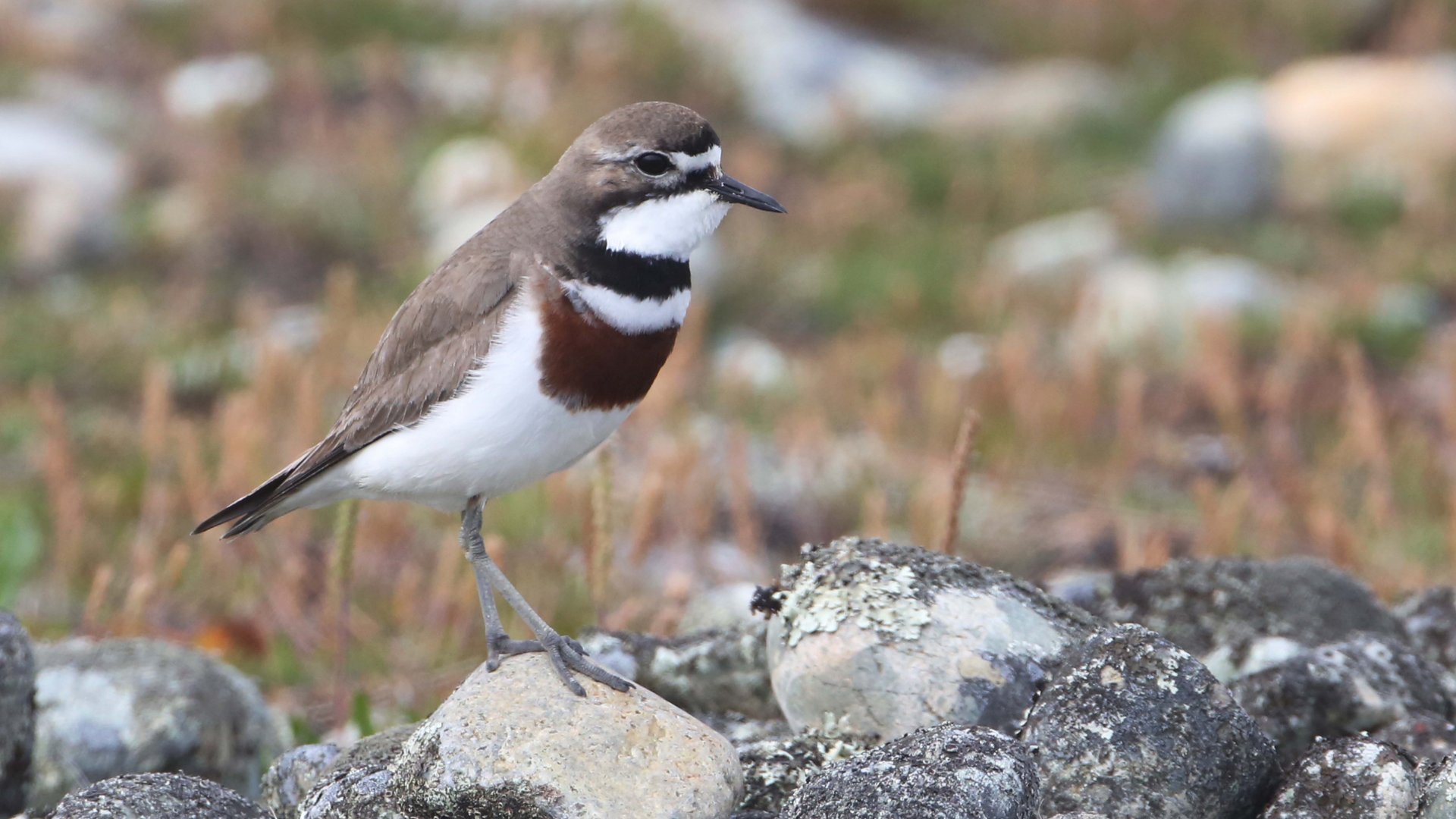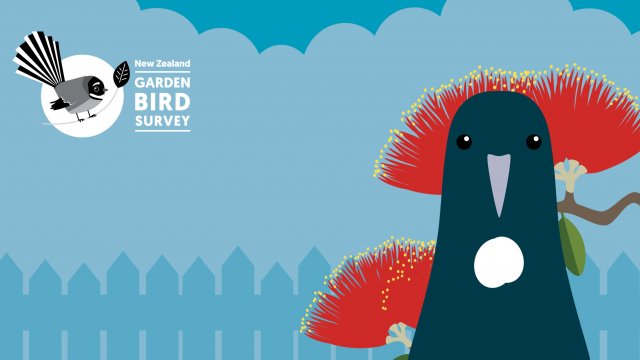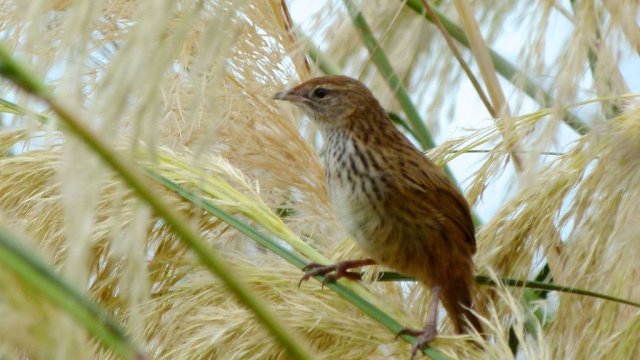Protecting nesting birds on the Boulder Bank
08/12/2023 1:29pm
From 15 August to the last day of February each year dogs are prohibited from the Boulder Bank for 4km from the Cut towards Boulder Bank Drive.
It is also important to keep your dog under control in other areas of the Boulder Bank as there may be birds and other wildlife outside of the dog prohibited area. Neighbouring Haulashore Island is off limits to dogs at all times of the year.
Both areas are nesting grounds for native birds including kororā little blue penguins and pohowera banded dotterel. As the Boulder Bank contains the largest white-fronted tern/tara and red-bill gull/tarāpunga breeding colonies in Nelson it is extremely important for these species to be undisturbed during their nesting cycle. Other colonies where these species breed along the northern coastline of Nelson are significantly smaller.
 Tara | White-fronted terns nesting on the Boulder Bank. Image: Rebecca Bowater
Tara | White-fronted terns nesting on the Boulder Bank. Image: Rebecca Bowater
Red-billed gulls are the most conspicuous coastal New Zealand gull and are now ranked as a declining native species. One important factor contributing to the decline of the species is predation by mammalian species such as cats, ferrets, rats, dogs and stoats. Climate change can also cause a decline in their marine food supply.
The Boulder Bank is also home to the largest breeding concentrations of banded dotterel/pohowera and variable oystercatcher/tōrea pango within Nelson. A Nelson City coastal bird survey counted 172 tōrea pango here in December 2020. An aerial survey of the gull colony by local ornithologists on 21 October 2022 showed 2188 red-billed gull nests, confirming the Boulder Bank as the second-largest colony in mainland Aotearoa after Kaikōura.
 Tarāpunga | Red-billed gull nesting on the Boulder Bank. Image: Rebecca Bowater
Tarāpunga | Red-billed gull nesting on the Boulder Bank. Image: Rebecca Bowater
All these important native species make their nests on the ground and are particularly vulnerable to predation and disturbance between August and February each year.



